OVERVIEW
Marmugao Fort was build in 1624, was considered as one of the costal forts in Goa. The fort is located to the north of Vasco Da Gama town and just south of Murmogao port. The Mormugao Fort covered a total region of six miles in circumference, contained towering bulwarks, three magazines, five perisons, a chaple and quarters for the guard. It had 53 guns and a garrions with 4 officers and was an important forteenss on the western coast. A coastal fort, sprawled over 6 miles, built by the Portuguese in 1624 solely to offer them supermacy against marine sttacks, Mormutgao Fort is today situed among sone of to tourist location like Margao, the port of Margao and Vasco da Gama.
This fort near the internationally famous Mormugao Habour was built to protect the harbour situated near Vasco da Gama town. Ever since it was accorded the status of a Major Port in 1963, the Mormugão port has contributed immensely to the growth of maritime trade in India. It is the leading iron ore exporting port of India with an annual throughput of around 27.33 million tonnes of iron ore traffic. The Mormugao fort was essentially built by the Portuguese to protect the harbour, territorial waters in and around the port of Margao. The entrance to the fort, which is bustling with activity as against what is to be usually expected, is inscribed with names such as Dom Fransisco Da Gama and King Dom Fillip. The inscription is a commemoration to the then Viceroy and was carved in when the fort was inaugurated.
At a distance of 33 km from Panjim Kadamba Bus Stand and 4 km from Vasco Da Gama Railway Station, Mormugao Fort is located just south of Mormugao Port in South Goa.
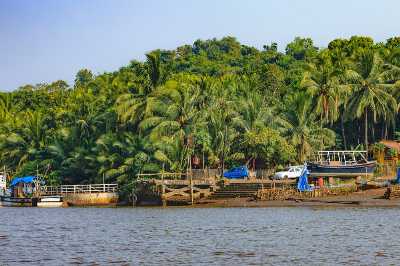
The Mormugao Fort was essentially built by the Portuguese in 1624 to protect the harbor, territorial waters in and around the Port of Margao. The Mormugao Fort is a tough fortification jutting out far into the sea with a magnificent lookout for invaders and attackers. The Maratha warriors continued to attack the town and the Fort and finally the Portuguese gave up the township in preference for Old Goa.
Mormugao Fort was considered as one of the most important coastal forts of Goa. Primarily, Mormugao was generalized to be the capital of the Portuguese empire, hence the Fort was erected and in 1703 the viceroy moved into the town. Mormugao Fort is closer to Varca beach.
The Mormugao Fort is about 10 km in circumference and boasts of possessing some ancient articles like 20 bulwarks, three magazines, five prisons, a chapel and quarters for the guards. There were two beautiful fountains. The Fonte de Malabar kept the royal arms and was said to bob up from a gold mine and the Fonte de Santo Ignacio which had a more modest beginning in a sulphur mine. Today Mormugao Fort offers exquisite views of the seascape with only the chapel and a segment of the boundary wall standing testimony to its glorious past.
The inscriptions over the gates of the Fort are the centre of attraction and tourists come to unveil the historical treasures lying in the Mormugao Fort in Goa. This inscription includes names of Dom Francisco Da Gama and King Dom Fillip.
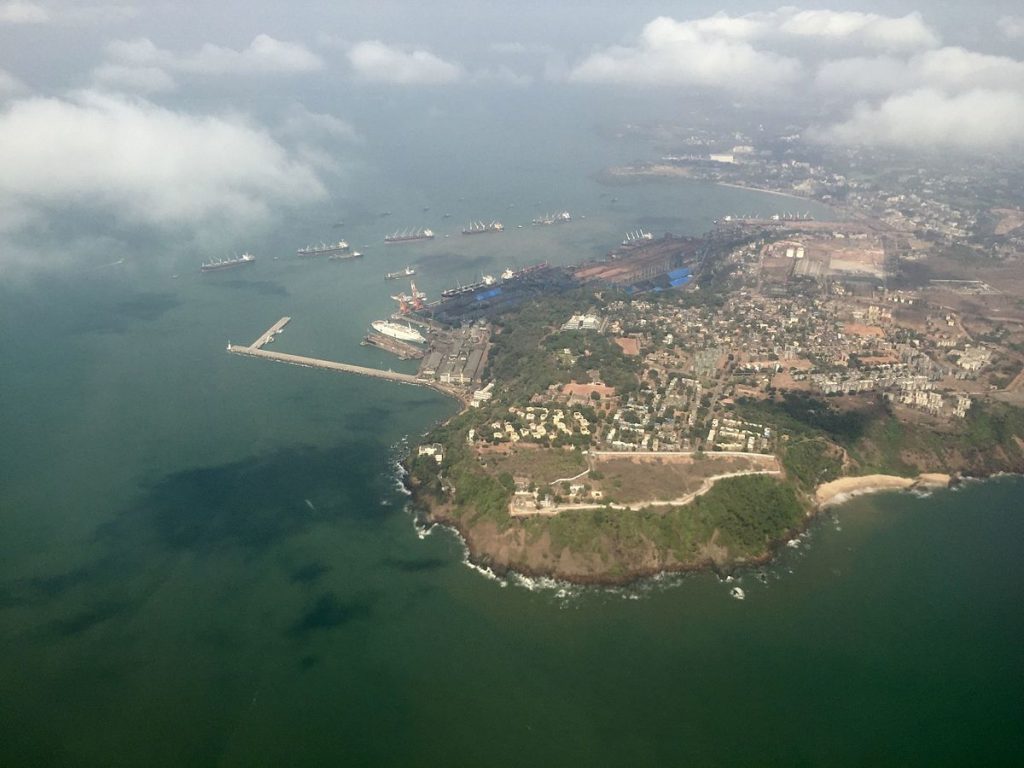
Architecture
This monstrous fort covers an area about 10 kilometres in circumference when measured outside the existing walls. Although the bulk of the fort owes its architectural features to the prevailing style of Portuguese architecture there are also places where traces of the Maratha occupancy can be seen, where they have refurbished or added to the original fortifications.
The original fort included three magazines, towering bulwarks, five prison blocks, a chapel and accommodation for a garrison. Additionally this fort was equipped with the firepower of 53 guns and canons. Many of these features remain intact till today.
One of the unique draws of the fort is the presence of two fountains, the Fonte de Malabar and the Fonte Santo Ignacio, which were believed to originate from a gold mine and sulphur mine respectively. These fountains are said to be operational in the present day.
The entrance to the fort has also been carved with the names of the King and the Viceroy under whose aegis the fort was constructed i.e. King Dom Fillip and Don Francisco da Gama. The inscription commemorates the then Viceroy and was carved at the inauguration of the fort.



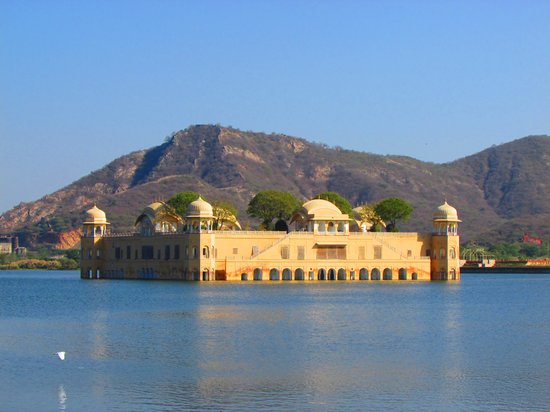
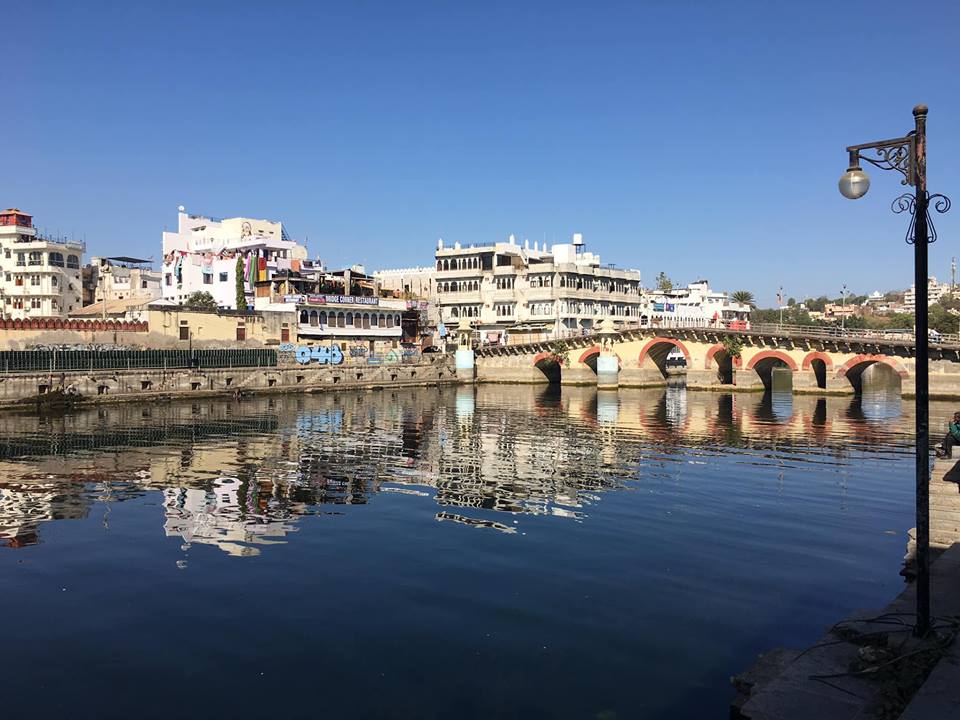
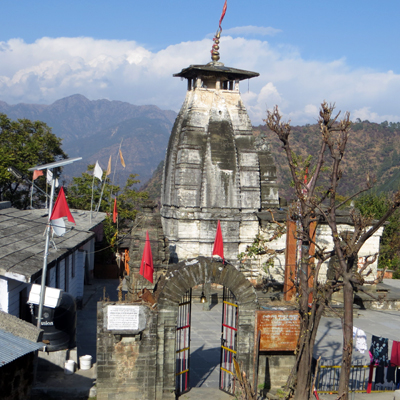

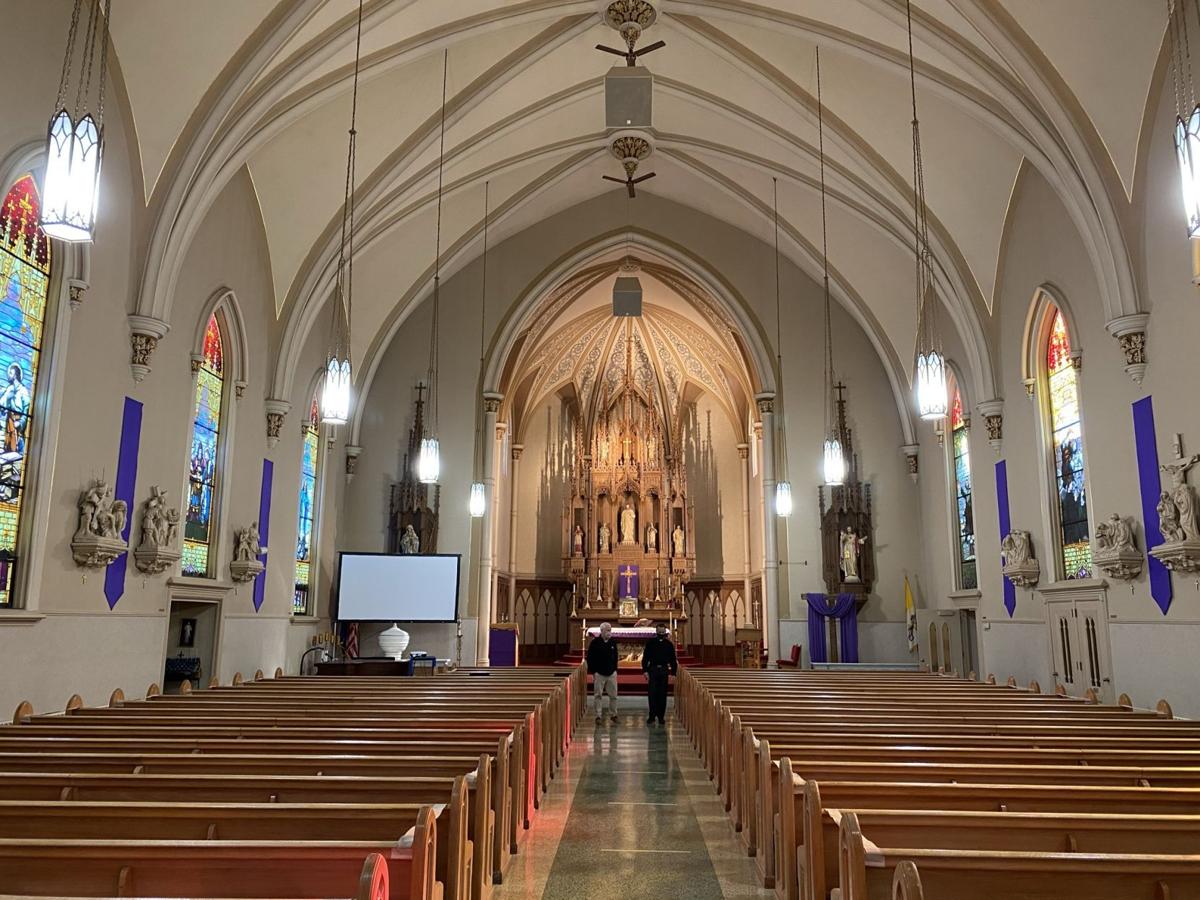

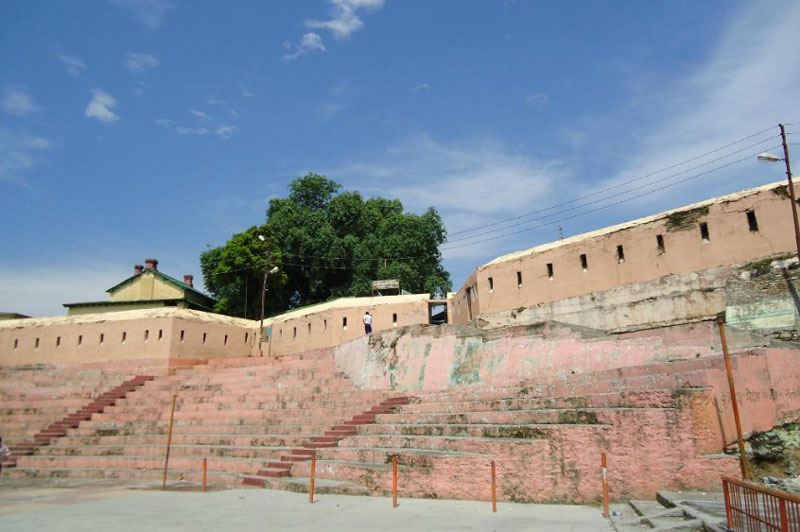

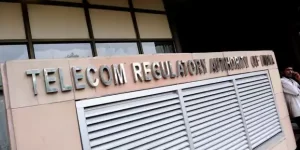
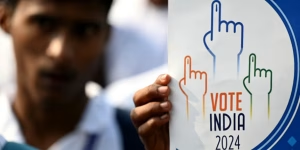
Comments are closed.